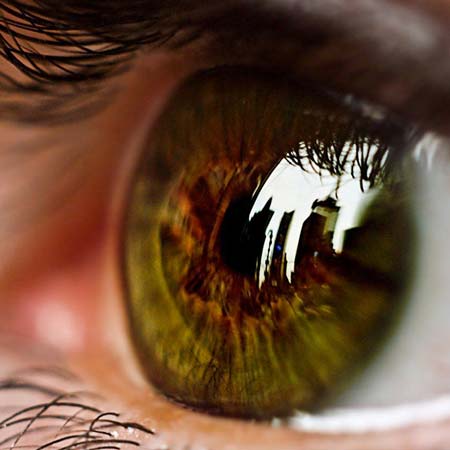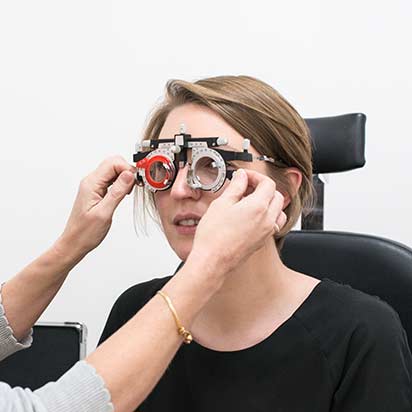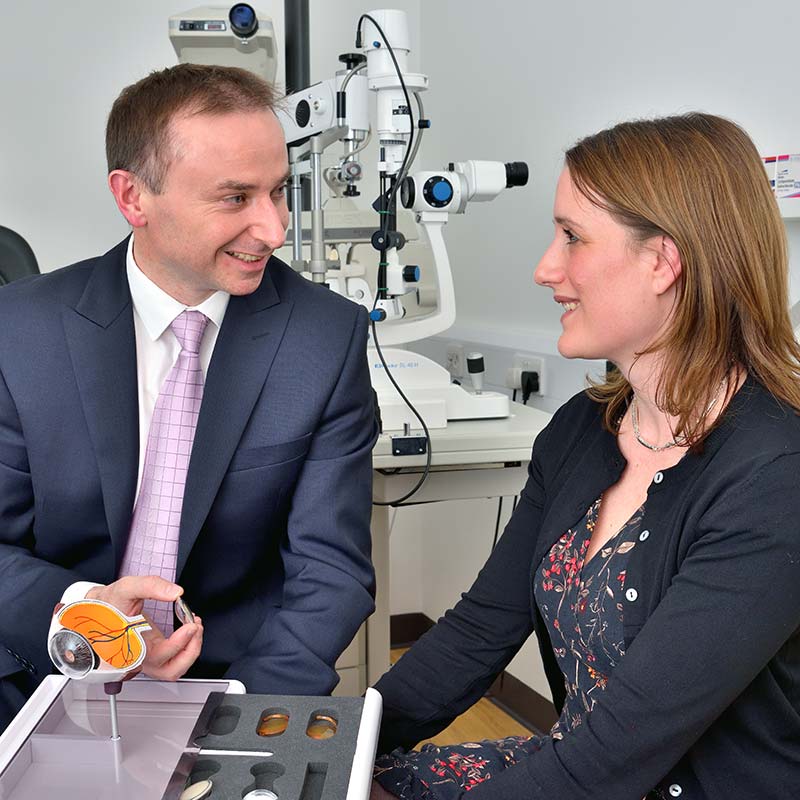- 08008 20 20 80
Menu
Menu

The procedure is carried out with you sitting at an instrument that looks very similar to a Slit Lamp (the main investigation instrument used by optometrists and ophthalmologists). You will have drops in your eyes to dilate your pupil. It is quick and pain free, although some discomfort may be briefly felt when the laser is used. You will see a red light and some flashes and hear what sounds like sparks. The treatment will take less than 10 minutes. Afterwards you are likely to see some floaters which will take a few days to reduce/settle. Your eye may feel mildly uncomfortable for two to three days.
If you have PCOs in both eyes you can have both treated on the same day, one immediately after the other.
YAG Laser Peripheral Iridotomy is used as a preventative treatment for Acute Angle Closure Glaucoma. The technique uses a YAG Laser to create a small drainage hole in the peripheral iris, allowing the aqueous humour to flow through. This then pushes the iris backwards allowing free drainage.


If you require YAG laser, you will only require a 30 minute appointment with one of our consultant surgeons. They will examine your eye to check that you need Yag laser treatment.
Yag laser treatment can be carried out straight away as an outpatient procedure. This means you will walk in to the laser room and walk out a few minutes later with restored vision.
The procedure is quick, simple and most importantly, it is very safe. There are no special preparations such as fasting or self isolation required. During the procedure, you will have drops put into your eyes to dilate the pupil. You will also be given anaesthetic drops to numb the surface of the eye. The consultant will take you through to the laser room where you will sit in front of a machine. The consultant uses a special lens to apply a laser beam to the back of the capsule in the eye. The special lens allows the surgeon to see the membrane where the opacification has occurred. The laser creates a small hole in the capsule which lets light through and corrects the cloudy vision.
The whole treatment is painless and is usually completed within 15 minutes. The consultant will reexamine your eye after the procedure is complete to make sure the it was completely successful. All being well, you will then be able to go home.
Yag treatment results in immediate restoration of sight for the patient. Once the eye drops have worn off, you can even drive yourself home. No follow up appointment is required unless you have concerns for your sight.
Complications after yag treatment are rare. Occasionally, the pressure in the eye rises after yag laser treatment. If this does happen, you will be treated with eye drops before returning home. Your time in hospital may be slightly longer if this occurs while your doctor waits for the pressure to return to normal. Your doctor may also arrange a face to face follow up appointment or phone call to check on your progress in the days following treatment. Another rare complication, is that the hole made by the laser is not large enough to relieve symptoms. If this occurs you will need to return to the hospital for further treatment with yag laser. This is no additional charge if this happens.
Find out more about the cost of YAG Laser Capsulotomy.
© 2019 Laser Vision Scotland. All rights reserved.